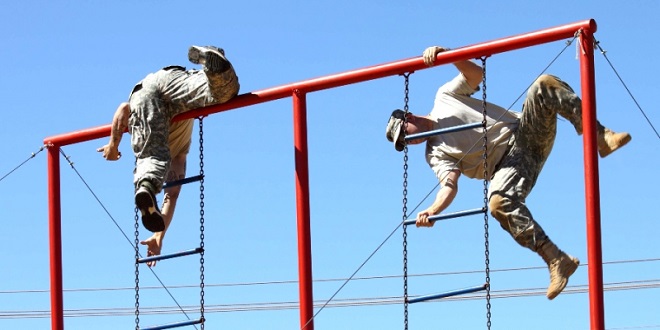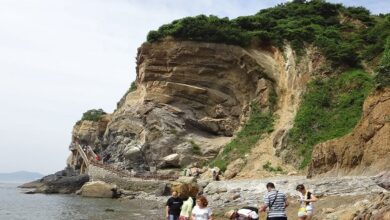Maslow ’ s Hierarchy of Needs and the Leisure Ladder

The psychologist Abraham Maslow proposed a Hierarchy of Needs (1954) that is widely used in explaining motivations for human behavior ( Figure 1.5 ). According to the original model, individuals first and foremost focus on satisfying their physiological needs for survival. Once these have been satisfactorily met, then the next level becomes the primary motivation of behavior. Belonging and love are generally achieved through the family unit, while esteem is typically achieved through work accomplishments.
The ultimate goal of human existence is the top level need for self-actualization, where one takes part in activities or a lifestyle that is rewarding and fulfilling and allows for the full expression of a person’s individuality, creativity, and purpose for living. This is similar to Aristotle’s definition of leisure. Many see tourism as a way of achieving some degree of this level of need – if only for a transitory period, and via a commodified and packaged product.
Market Segmentation
Once a tourist’s motivation has been established, then the potential to match that person with an appropriate destination is increased. Such a match will most likely maximize satisfaction by producing the kind of experience the traveler seeks. This can be used by travel agents, tour wholesalers, destination marketers, and tourism product developers.
Understanding the tourist’s desire provides a basis for decisions on the types of environments and services that should be provided at a destination now and in the future, and dictates the message content of promotional campaigns. Advertising can be more effective in targeting interested consumers. Advertising campaigns can be designed to dispel potential visitor worries, create or confirm the desired image of a destination, or simply create an awareness of a destination for a new, potential market population.
Barriers and Constraints to Travel
As much as people want to travel, they often do not realize that most of the time and cost involved in touring is devoted to finding food and drinks, getting to lodging and restrooms, and sitting on some form of uncomfortable transportation. Many destinations are much dirtier, and involve more hassling with local business people, than their promotional literature makes out. Poor ground transportation systems are the leading cause of death for tourists around the world
Travel Advisories
Many countries issue official government advisories which they use to keep their citizens from getting into trouble overseas. In addition, many other organizations post travel warnings and other information to raise tourist awareness about the challenges of travel to certain destinations. No country is totally absent of warnings, and nowhere are tourists completely immune to predators.
Conclusions
The desire to participate in tourism and recreation is strong and deeply rooted in the human psyche. For any one individual, however, motivations can vary considerably. How people participate in travel and tourism, in particular, is largely guided by social norms and the large socioeconomic context of the travel industry. Numerous individual and societal barriers and limitations further shape the pattern of participation in tourism. Why people travel and what they seek from travel has major implications for people in local destinations, as well as for the global economy.





